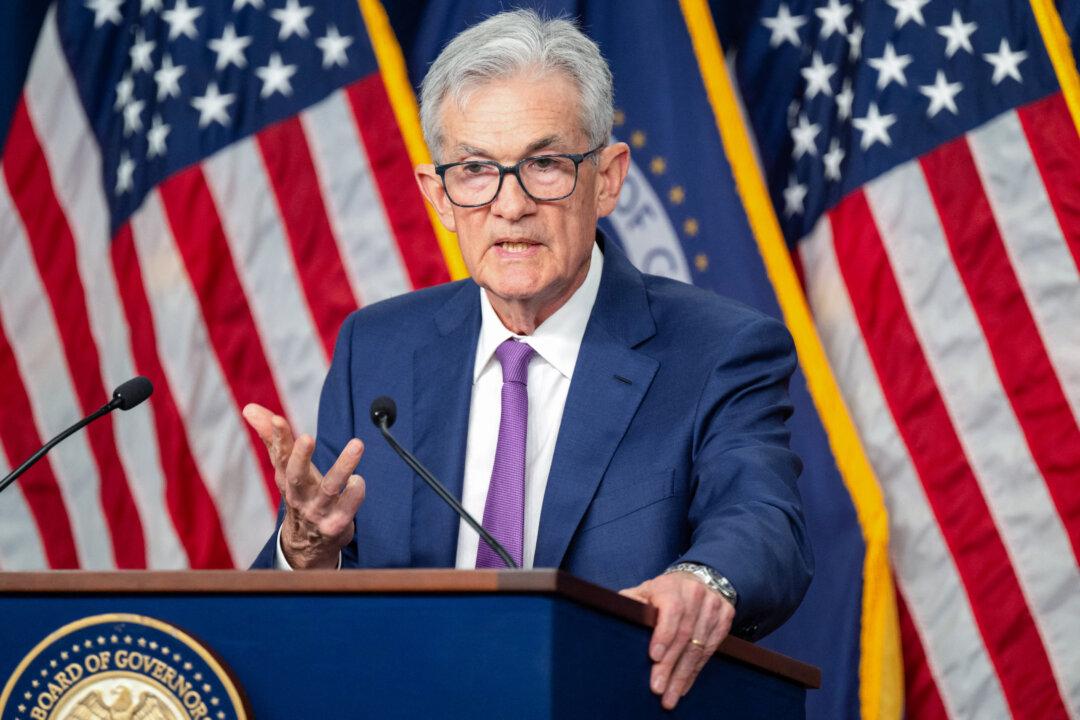Commentary
A reader who had read my column, “The Day the Dollar Dies?” back in January wrote me and asked me to write a column on the relationship between fiscal deficits and trade deficits. I generally don’t take requests, but I think this one is important.





